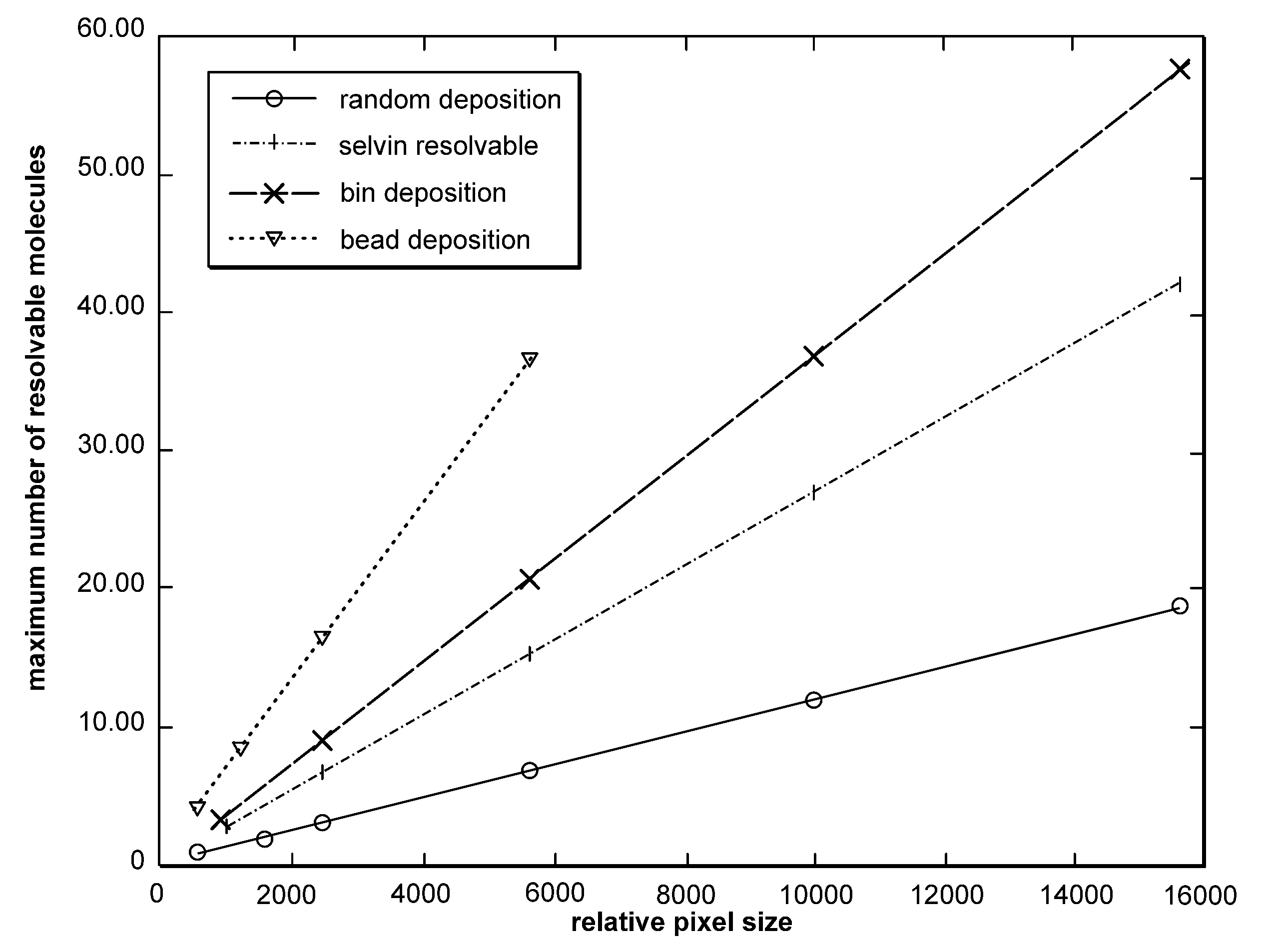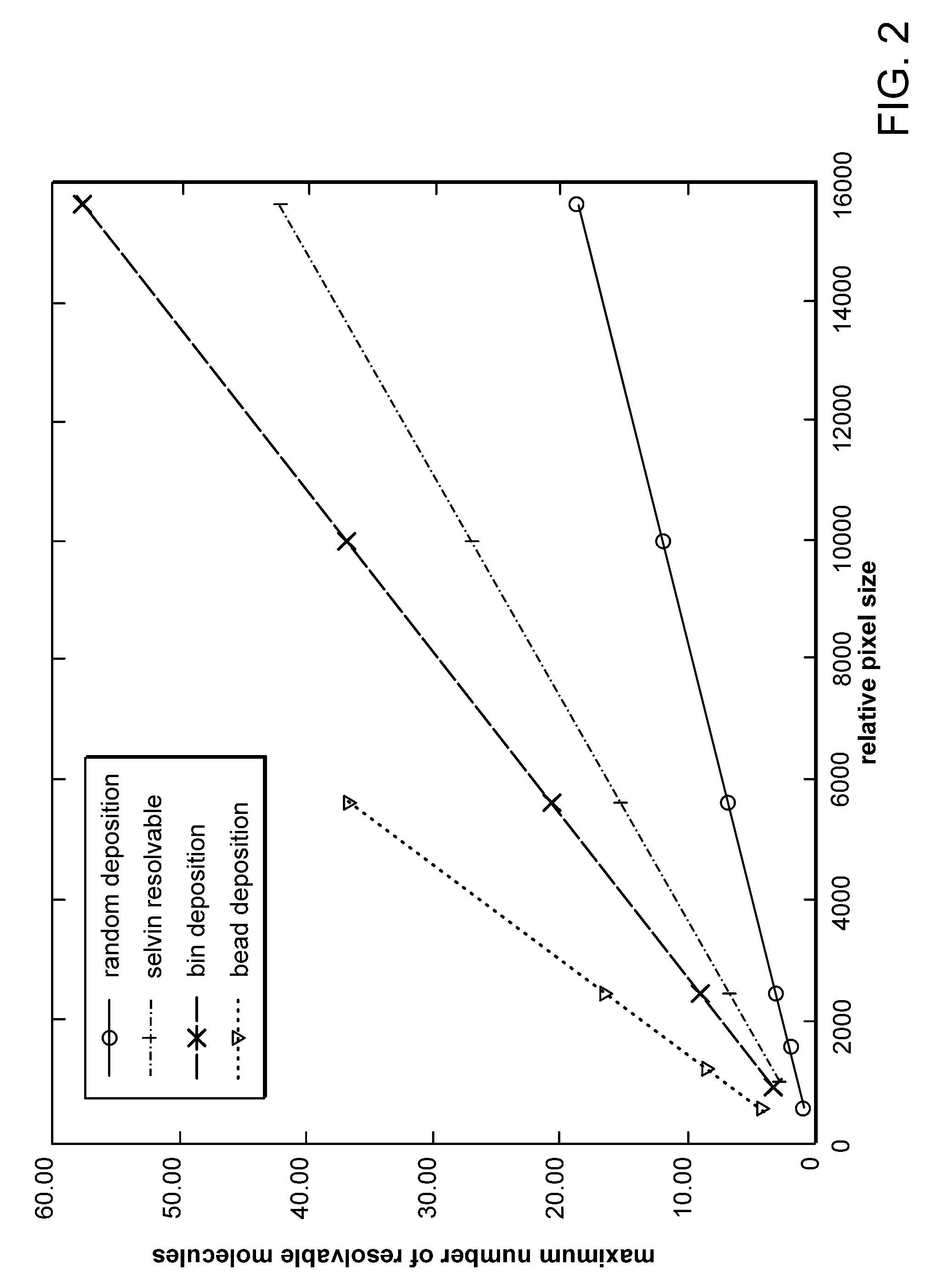Surface chemistry and deposition techniques
- Summary
- Abstract
- Description
- Claims
- Application Information
AI Technical Summary
Benefits of technology
Problems solved by technology
Method used
Image
Examples
Embodiment Construction
[0014]The following detailed description provides various aspects of the invention and a variety of ways in which it can be implemented. However, the following description is not intended to be limiting and is merely exemplary of the full range of application of the invention.
Surface Chemistry Methods & Materials
[0015]A thin(1-10 nm) gold film is uniformly deposited on a RCA clean glass coverslip (Schott Glass Technologies, D-263T cut glass, 0.21 mm, 2″×1″ 40 / 20 surface quality). The gold coated coverslip is then washed 5× with Millipore pure water, dried with nitrogen atmosphere, and soaked in a fresh 1 mM ethanolic solution of 11-amino-1-undecanethiol (Dojindo) for 24 hours. The coverslip is extensively washed with ethanol, water, and dried under nitrogen atmosphere. The surface is immediately incubated in a fresh 0.1 M solution of sulfo-SMCC (Pierce) in 0.1 M triethanolamine, pH 7,0, for 30-45 minutes, with occasional mixing, to create a thiol-reactive surface. Thiol-containing f...
PUM
| Property | Measurement | Unit |
|---|---|---|
| Diameter | aaaaa | aaaaa |
| Diameter | aaaaa | aaaaa |
| Size | aaaaa | aaaaa |
Abstract
Description
Claims
Application Information
 Login to View More
Login to View More - R&D
- Intellectual Property
- Life Sciences
- Materials
- Tech Scout
- Unparalleled Data Quality
- Higher Quality Content
- 60% Fewer Hallucinations
Browse by: Latest US Patents, China's latest patents, Technical Efficacy Thesaurus, Application Domain, Technology Topic, Popular Technical Reports.
© 2025 PatSnap. All rights reserved.Legal|Privacy policy|Modern Slavery Act Transparency Statement|Sitemap|About US| Contact US: help@patsnap.com



